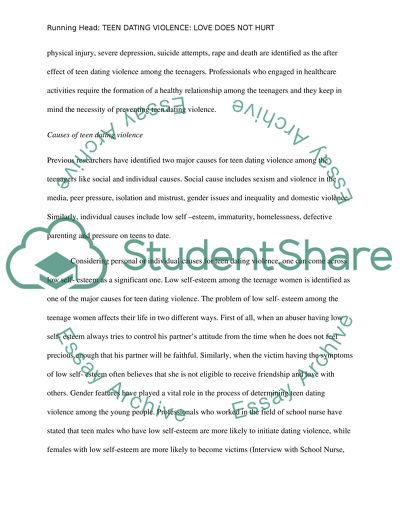Cite this document
(“Teen Dating Violence Research Paper Example | Topics and Well Written Essays - 3250 words”, n.d.)
Retrieved de https://studentshare.org/sociology/1390931-teen-dating-violence
Retrieved de https://studentshare.org/sociology/1390931-teen-dating-violence
(Teen Dating Violence Research Paper Example | Topics and Well Written Essays - 3250 Words)
https://studentshare.org/sociology/1390931-teen-dating-violence.
https://studentshare.org/sociology/1390931-teen-dating-violence.
“Teen Dating Violence Research Paper Example | Topics and Well Written Essays - 3250 Words”, n.d. https://studentshare.org/sociology/1390931-teen-dating-violence.


